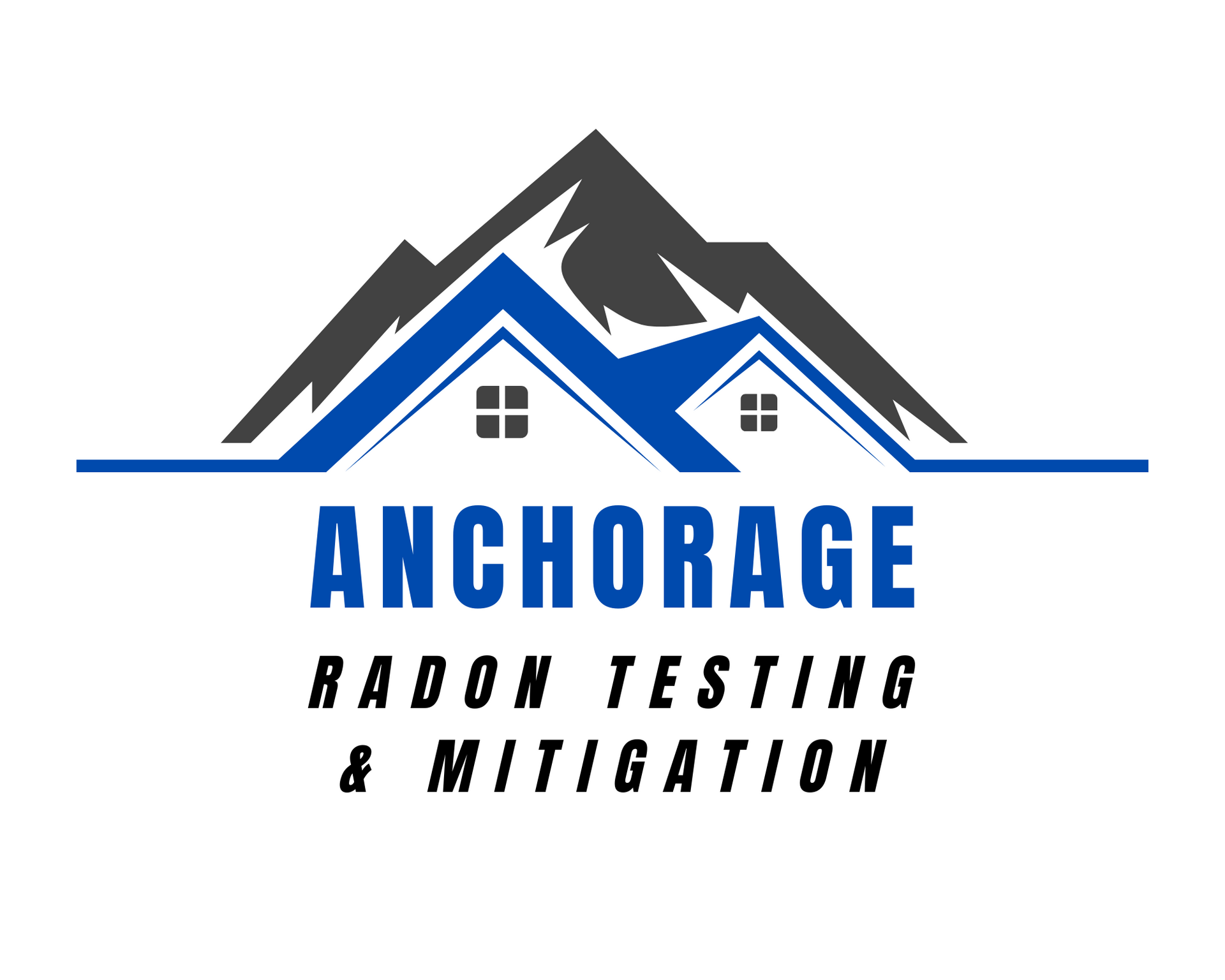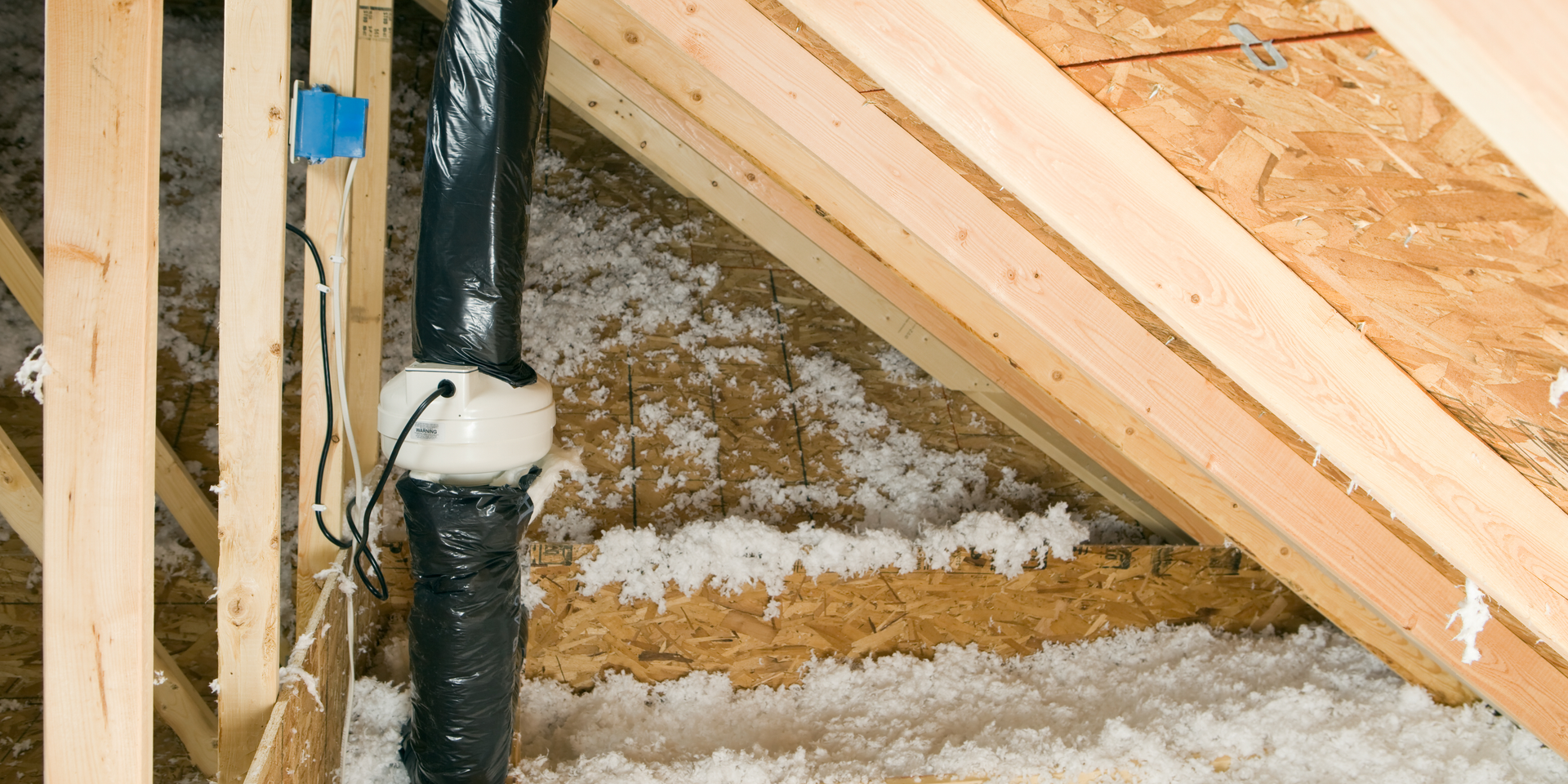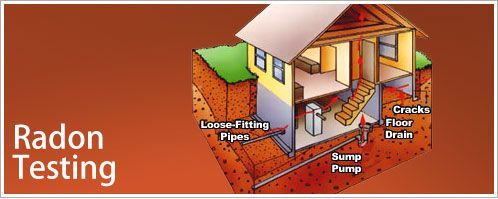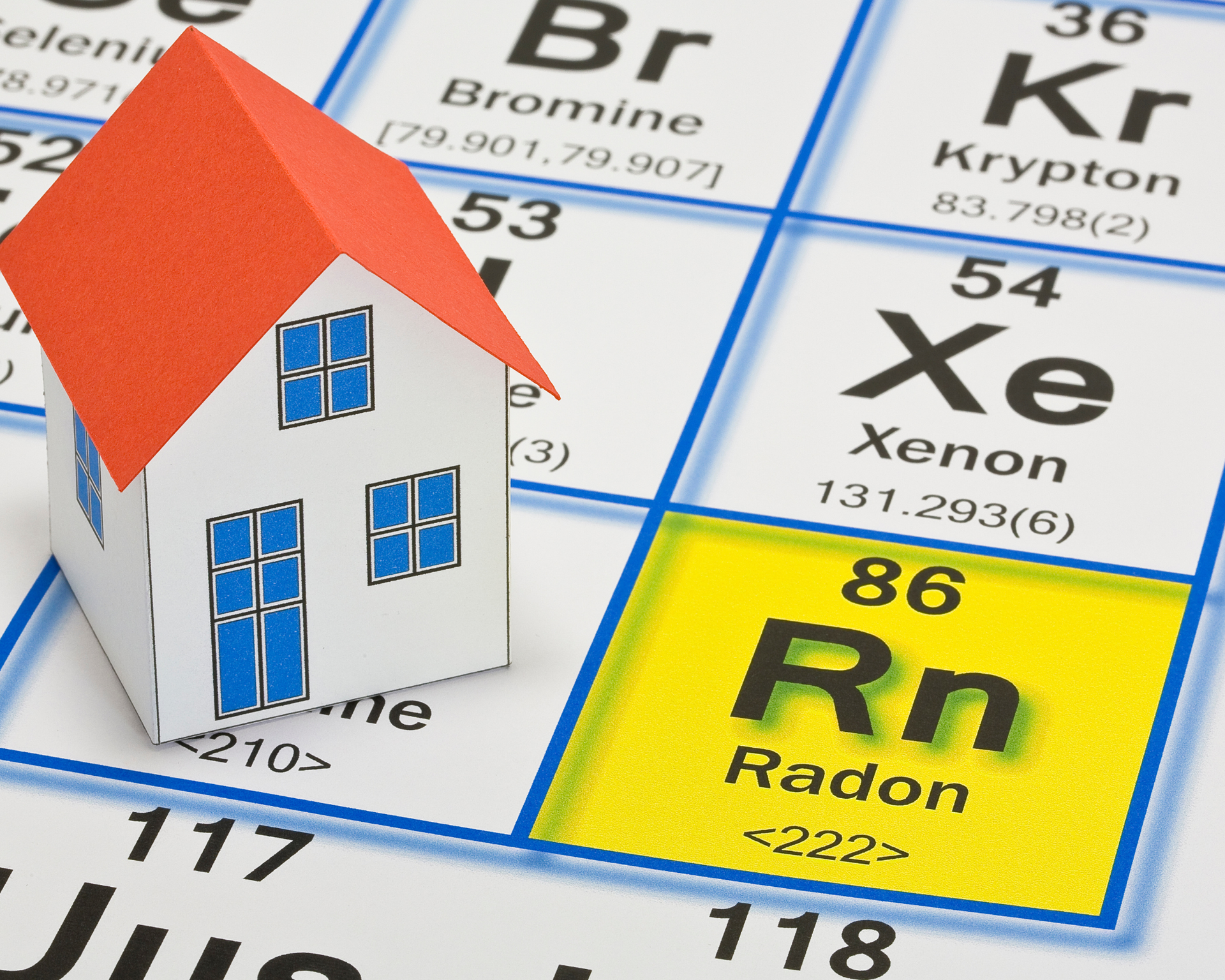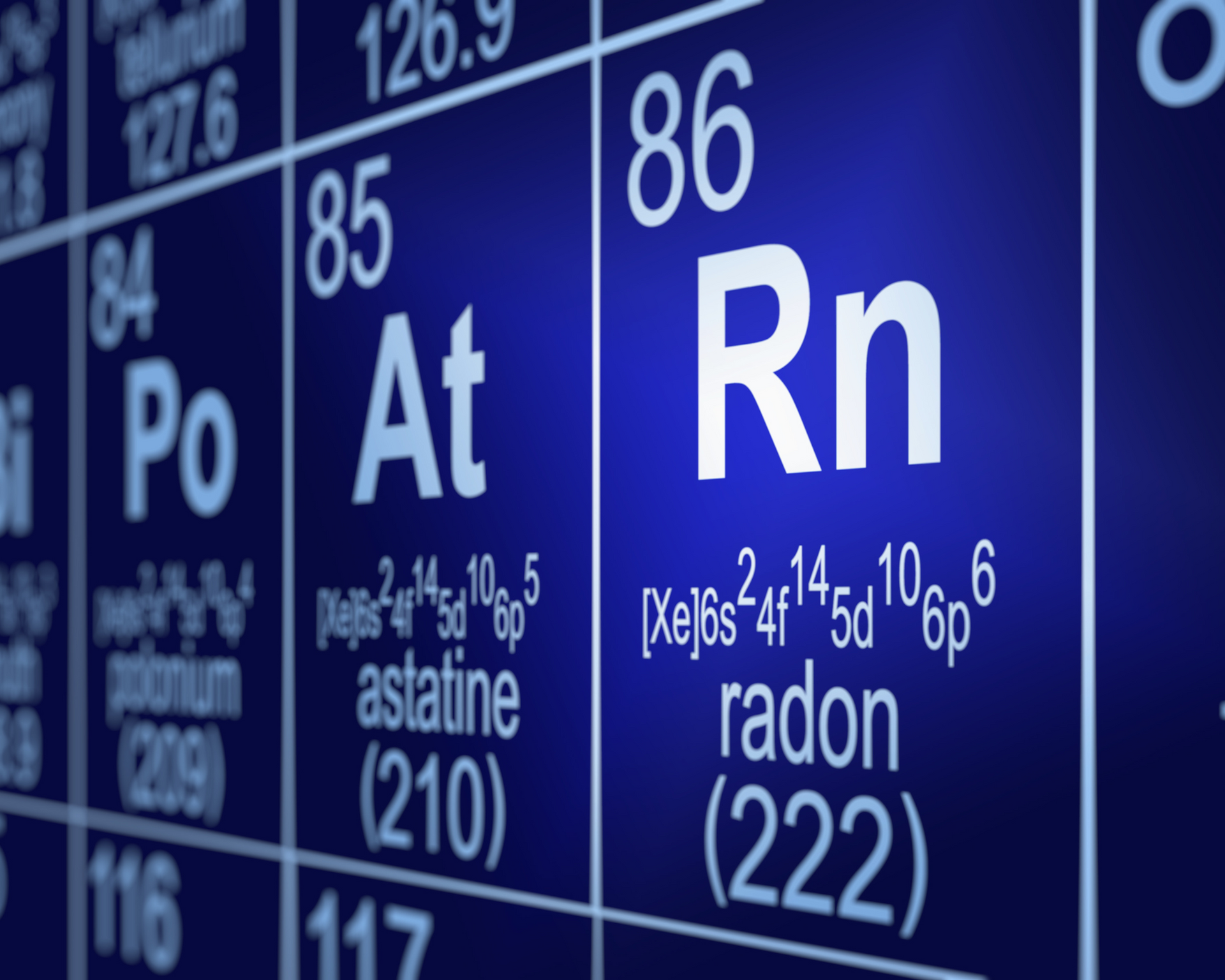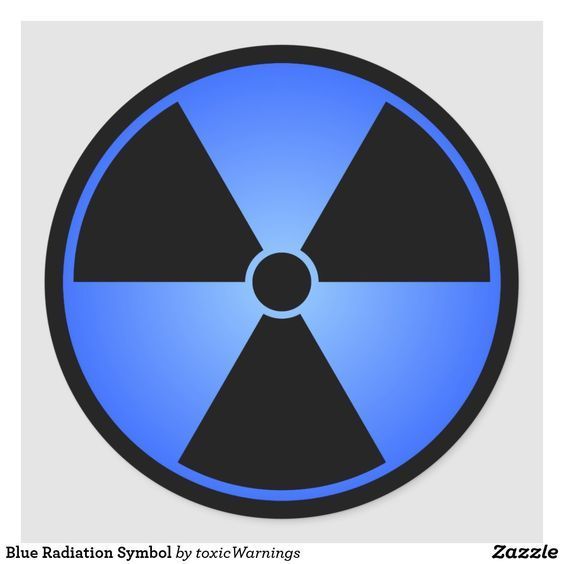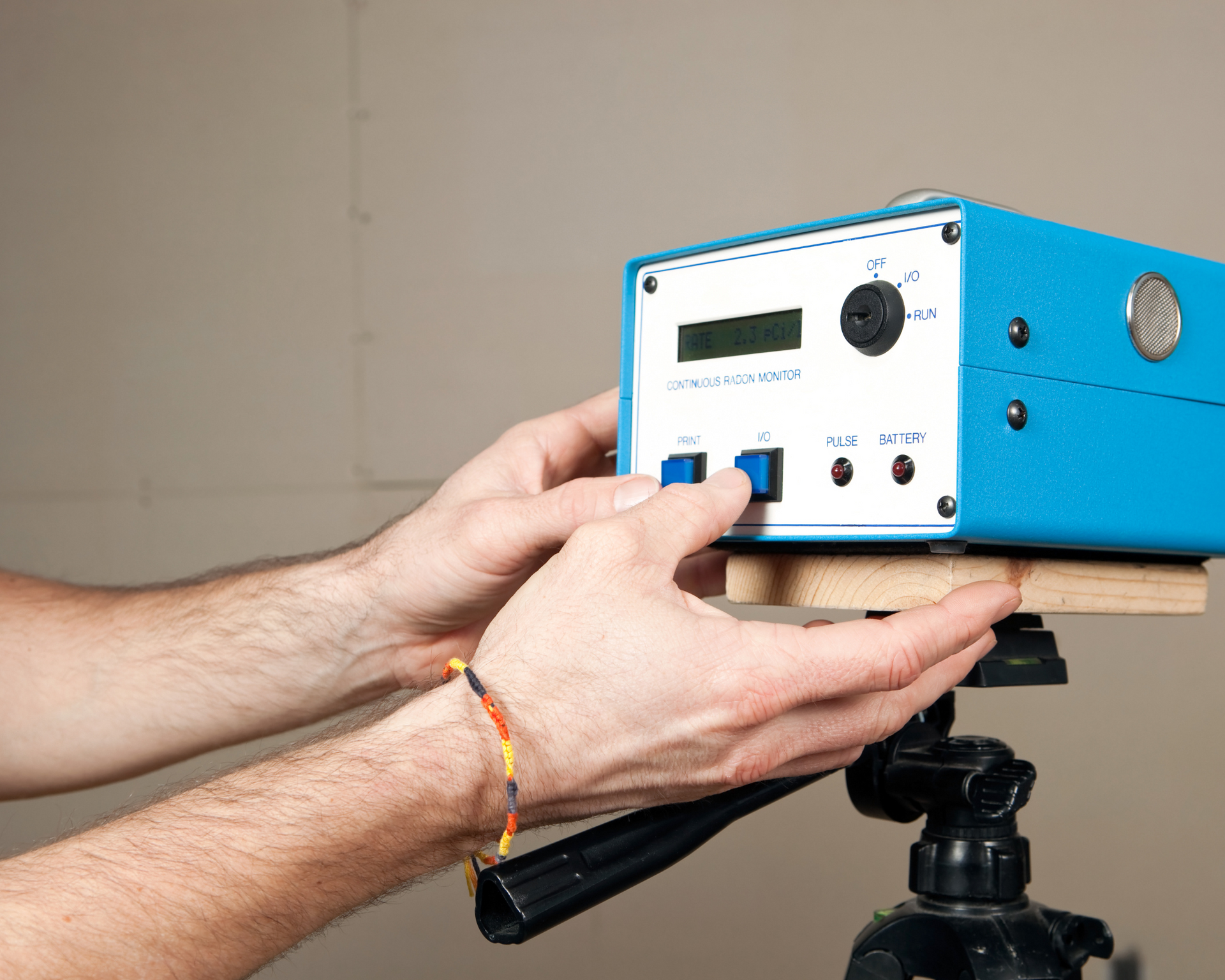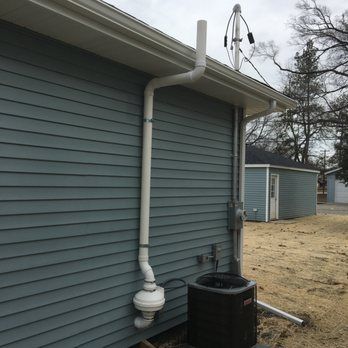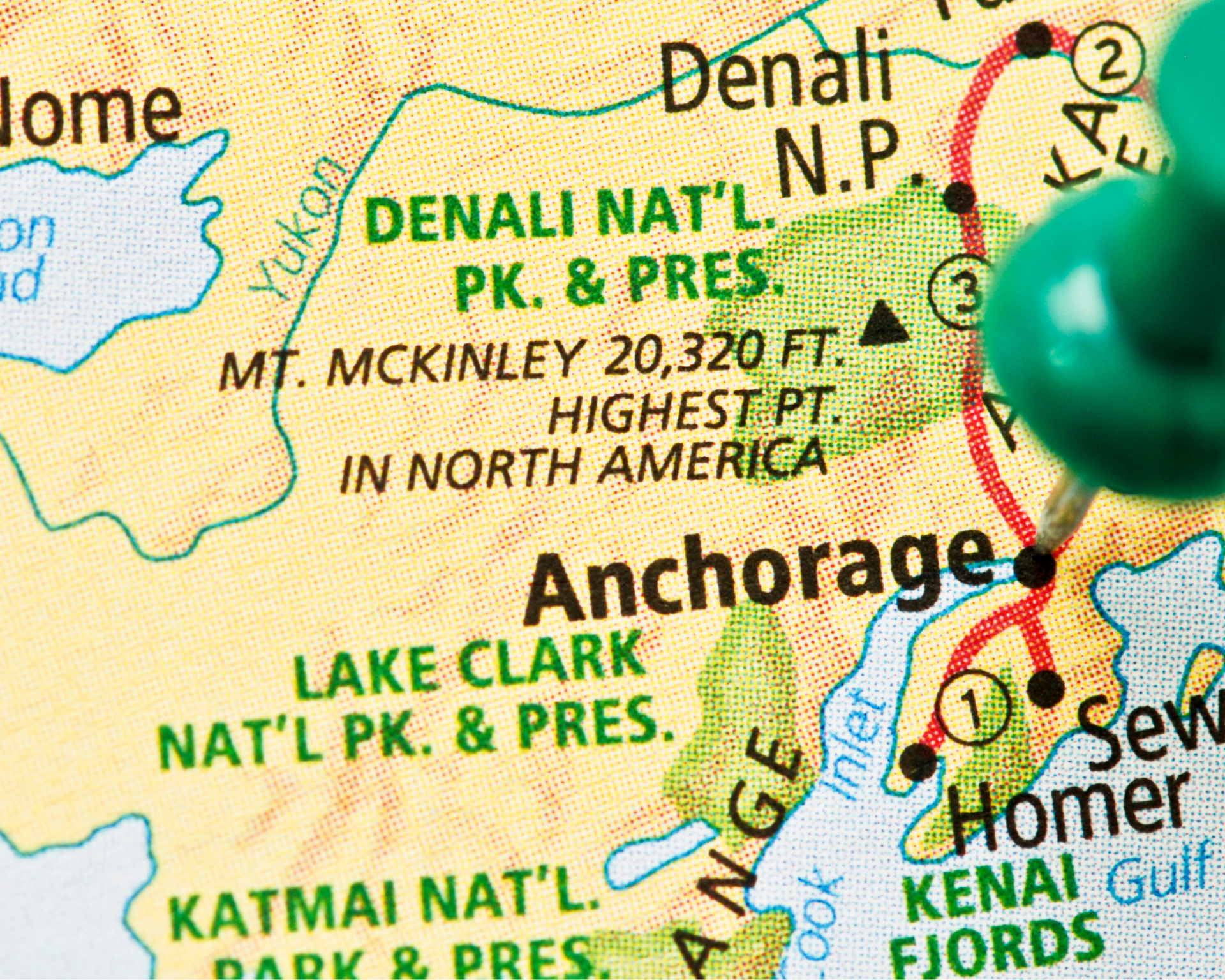Unveiling the Winter Mystery: Radon Levels and Your Home's Safety
Do Radon Levels Change in the Winter?
As winter descends upon us, bringing frosty landscapes and cozy evenings by the fireplace, homeowners often wonder about the impact of the season on various aspects of their living spaces. One critical concern that often surfaces is the presence of radon, a colorless, odorless gas that can seep into homes and pose health risks. But does radon change with the seasons, particularly in the winter?
Radon, a radioactive gas produced by the decay of uranium in soil and rock, can enter homes through the ground and accumulate indoors. Its levels can vary depending on factors such as soil composition, ventilation, and even the weather. However, the change in radon levels during winter is not a straightforward process.
During colder months, homeowners tend to seal their homes more tightly to conserve energy, reducing ventilation and airflow. This can potentially trap radon gas indoors, leading to a concentration buildup. However, the actual impact of winter on radon levels depends on several factors.
One factor is the stack effect, a phenomenon where warm air rises and escapes through the upper levels of a building. This creates a vacuum that pulls air from the ground, including radon, into the home. In winter, the stack effect can be more pronounced due to the temperature difference between the inside and outside of the house, potentially drawing in more radon.
On the flip side, winter can also lead to frozen ground and snow cover, which may act as a barrier, limiting the entry of radon into homes. The frozen soil creates a physical barrier, reducing the gas's ability to permeate through the ground.
To gain a clearer understanding of radon levels in your home, it is advisable to conduct regular radon testing, regardless of the season. Radon levels can fluctuate, and a comprehensive evaluation provides a more accurate representation of the potential risks. Radon testing kits are widely available and can be easily used to monitor your indoor air quality.
Regardless of the season, radon poses a health risk when present in elevated concentrations. Prolonged exposure to high levels of radon has been linked to an increased risk of lung cancer, making it crucial for homeowners to remain vigilant year-round.
In conclusion, while winter can influence radon levels to some extent, the impact is not universal. The interplay of factors such as home ventilation, the stack effect, and weather conditions contributes to the complexity of radon dynamics. Regular testing and awareness are key to ensuring a safe and healthy indoor environment for you and your loved ones, regardless of the season.
